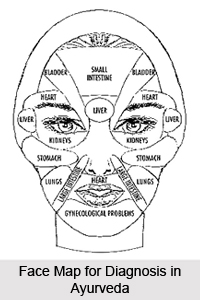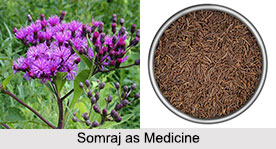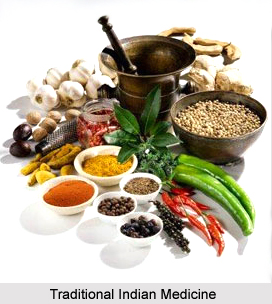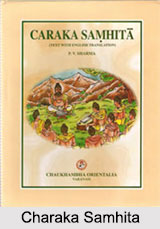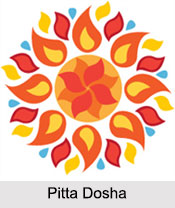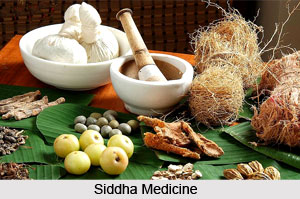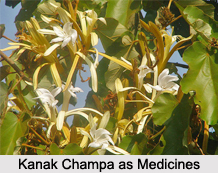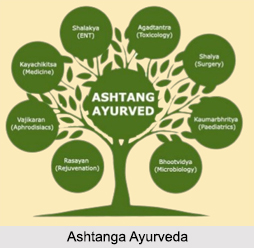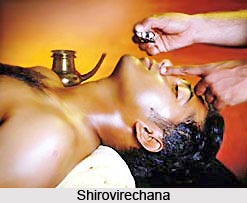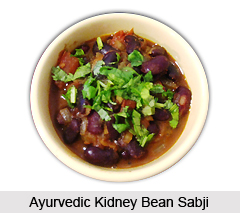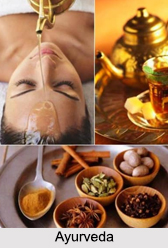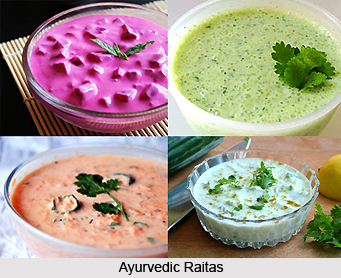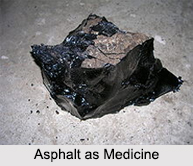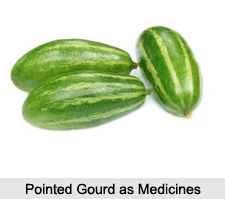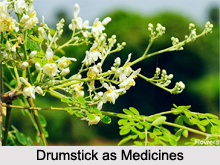 Drumstick is a nutritious vegetable tree with a variety of uses. Botanically, it is called Moringa Pterygosperma and Sobhanjana in Sanskrit. The leaves are rich, natural sources of vitamins and minerals. Historical texts reveal that ancient Indian kings and queens used Drumstick in their diet to maintain general health and alleviate inflamed joints. This plant is cultivated all over the country for the sake of its leaves, flowers, and seed vessels which are used by the natives in their curries.
Drumstick is a nutritious vegetable tree with a variety of uses. Botanically, it is called Moringa Pterygosperma and Sobhanjana in Sanskrit. The leaves are rich, natural sources of vitamins and minerals. Historical texts reveal that ancient Indian kings and queens used Drumstick in their diet to maintain general health and alleviate inflamed joints. This plant is cultivated all over the country for the sake of its leaves, flowers, and seed vessels which are used by the natives in their curries.
The root is described as acrid, pungent, stimulant and diuretic. Applied externally it acts as a rubefacient. The seeds are described as acrid and pungent and are used externally as a stimulant. The Bhabaprakasa describes 2 varieties of Sobhanjana, namely, white and red. The root of the white variety is said to be a stronger rubefacient, while that of the red, is preferred for internal use, for promoting the appetite and acting on the excretions.
Dose of Drumstick in Medicine
In ascites and enlarged spleen, a decoction of the root-bark of Moringa Pterygosperma and the leaves of Rumex vesicarius (amlalonika) is given with the addition of long pepper, black pepper and rock salt in powder. In enlarged spleen and liver, a decoction of the root-bark is recommended to be given with the addition of plumbago root, rock salt and long pepper, or of the ashes of Butea frondosa (palasa), or of yavakshara (impure carbonate of potash).
In internal and deep seated inflammation and abscess, a decoction of the root-bark is recommended to be given with the addition of asafoetida and rock salt. The expressed juice of the root-bark is also given in these cases, with the addition of honey or rock salt. The root-bark is used externally in the shape of plaster, and the inflamed part is fomented with its decoction. In calculous affections the decoction of the root-bark is given internally.
The seeds of Moringa pterygosperma enter into the composition of some stimulant applications. The following is an illustration; take the seeds of Moringa pterygosperma, rock salt, mustard seeds and putchuk root, equal parts, and reduce them to a paste with goat"s urine. When dried this is used as a snuff for rousing comatose or drowsy persons. The fresh juice of the root bark is recommended to be poured into the ears for the relief of otalgia. The gum of the tree mixed with sesamum oil is also used for the same purpose.
Related Articles
Ayurveda
History of Ayurveda
Origin of Ayurveda
Ayurveda Medication
Elements of Ayurveda
Concepts of Ayurveda
Ancient Literature of Ayurveda






